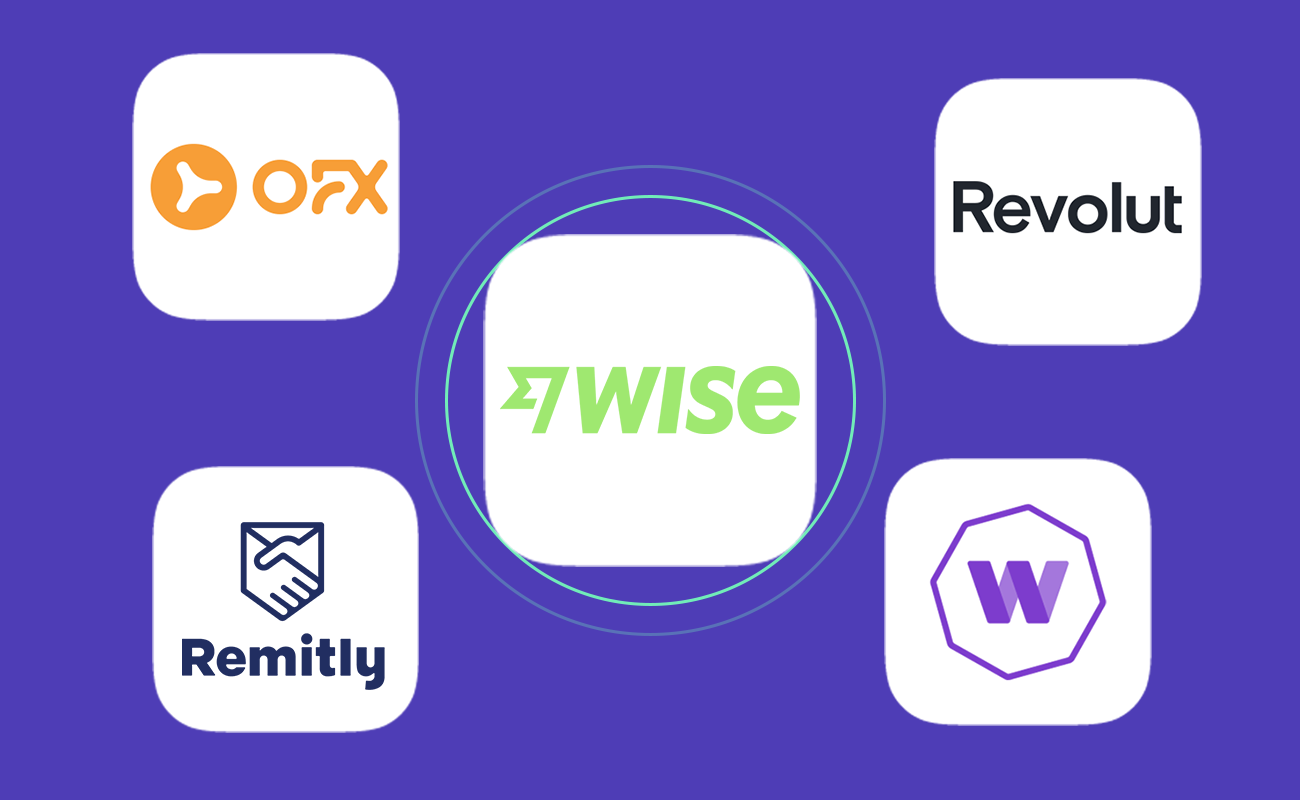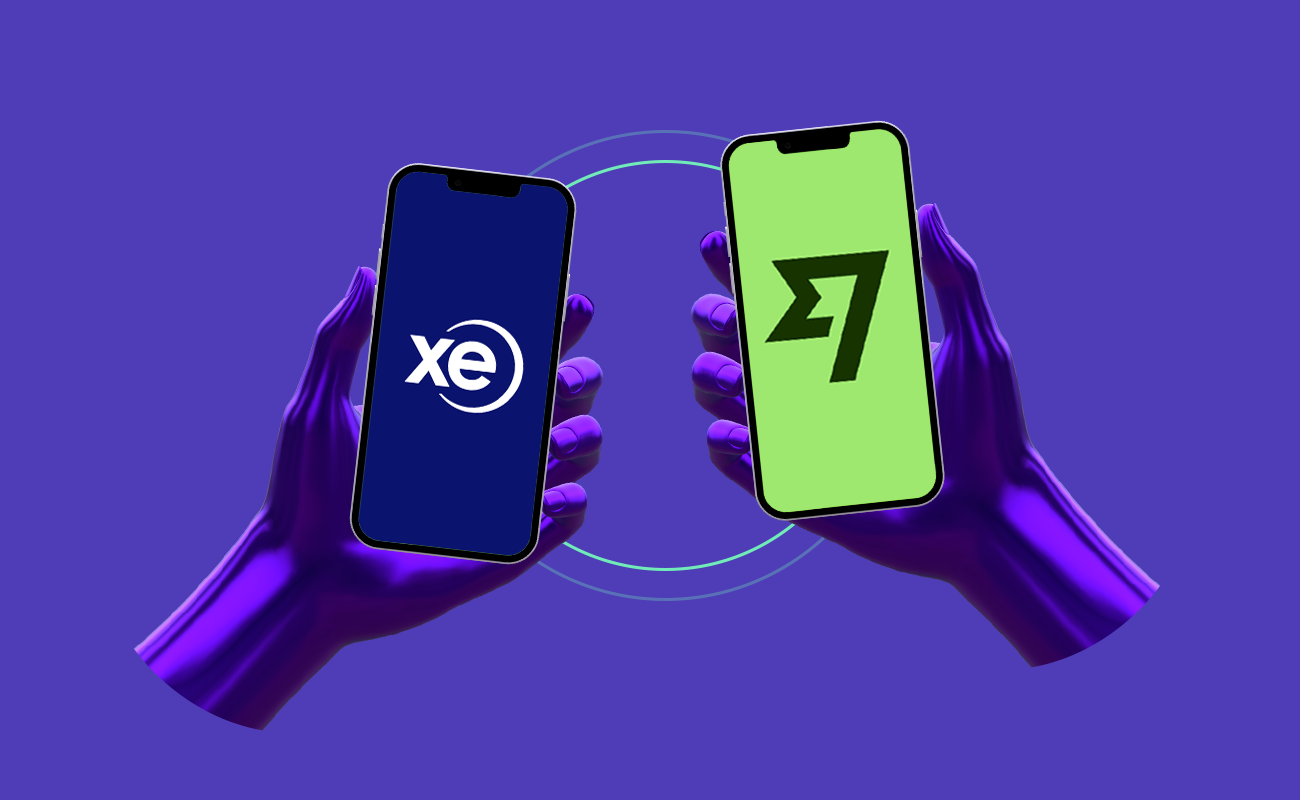Overview of Chase and Ally
Chase and Ally are two popular banks in the United States. Chase is a traditional brick-and-mortar bank, while Ally is an online-only bank. Both banks offer a range of services, including checking and savings accounts, loans, credit cards, and investment products.
Chase has a large network of branches and ATMs, making it easy for customers to access their accounts in person. However, Chase’s fees can be higher than those of online-only banks like Ally. Chase also has a minimum balance requirement for some of its accounts.
Ally, on the other hand, has no minimum balance requirements and offers higher interest rates on its savings accounts. Ally also has no ATM fees and reimburses customers for fees charged by other banks. However, Ally does not have any physical branches, which may be a drawback for some customers.
Overall, both Chase and Ally have their strengths and weaknesses. It’s important to consider your own banking needs and preferences when choosing between the two.
Services Comparison
Checking Accounts
Chase offers a variety of checking account options, including Chase Total Checking, Chase Premier Plus Checking, and Chase Sapphire Checking. These accounts come with various features such as overdraft protection, online banking, and mobile banking. Chase Total Checking requires a minimum deposit of $25 to open an account, while Chase Premier Plus Checking and Chase Sapphire Checking require higher minimum balances.
Ally Bank offers an online checking account called Ally Interest Checking. It comes with features such as free checks, online and mobile banking, and ATM fee reimbursements. There are no minimum balance requirements or monthly maintenance fees.
Savings Accounts
Chase offers several savings account options, including Chase Savings, Chase Premier Savings, and Chase Sapphire Banking. These accounts come with features such as online and mobile banking, automatic savings plans, and overdraft protection. Chase Savings requires a minimum deposit of $25 to open an account, while Chase Premier Savings and Chase Sapphire Banking require higher minimum balances.
Ally Bank offers an online savings account called Ally Online Savings. It comes with features such as no monthly maintenance fees, no minimum balance requirements, and a high annual percentage yield (APY).
Credit Cards
Chase offers a variety of credit cards, including Chase Freedom, Chase Sapphire Preferred, and Chase Ink Business Preferred. These cards come with various rewards programs, such as cashback and travel rewards.
Ally Bank does not offer credit cards.
Loans
Chase offers a variety of loan options, including personal loans, home loans, and auto loans. These loans come with competitive interest rates and flexible repayment options.
Ally Bank offers auto loans and personal loans with competitive interest rates and flexible repayment options.
Investment Services
Chase offers investment services through J.P. Morgan, including retirement planning, investment management, and brokerage services.
Ally Bank offers investment services through Ally Invest, including self-directed trading, managed portfolios, and retirement planning.
Fees Comparison
Monthly Maintenance Fees
Chase Total Checking account charges a monthly maintenance fee of $12, while Ally Bank does not charge any monthly maintenance fees. However, Chase offers ways to waive the monthly maintenance fee, such as maintaining a minimum daily balance of $1,500 or having direct deposits totaling $500 or more each month.
Overdraft Fees
Chase charges an overdraft fee of $34 per transaction, while Ally Bank charges a lower overdraft fee of $25 per transaction. In addition, Ally Bank offers a free overdraft transfer service from savings account to checking account, which can help avoid overdraft fees.
ATM Fees
Chase charges a $2.50 fee for non-Chase ATM withdrawals in the US, while Ally Bank does not charge any fees for ATM withdrawals. However, Ally Bank does not have any physical branch locations, so it may be difficult to find an ATM that is in-network and fee-free.
Wire Transfer Fees
Chase charges a fee of $30 for domestic wire transfers and $45 for international wire transfers, while Ally Bank charges a lower fee of $20 for domestic wire transfers and $50 for international wire transfers. However, Ally Bank offers free incoming wires.
Overall, Ally Bank generally offers lower fees than Chase Bank, but Chase Bank has more physical branch locations and more ways to waive fees.
Digital Experience
Mobile App
Chase and Ally both offer mobile apps for iOS and Android devices. Chase’s app has a 4.8-star rating on the App Store and a 4.4-star rating on Google Play, while Ally’s app has a 4.7-star rating on both platforms. Both apps allow you to deposit checks, view account balances and transactions, pay bills, and transfer money between accounts.
Chase’s app also offers some additional features, such as the ability to view your credit score for free and to set up alerts for account activity. Ally’s app, on the other hand, offers a unique feature called “Surprise Savings,” which analyzes your spending patterns and suggests ways to save money.
Online Banking
Both Chase and Ally offer online banking services, allowing you to access your accounts from any computer with an internet connection. Chase’s online banking platform has a 4.7-star rating on Consumer Affairs, while Ally’s platform has a 4.6-star rating.
Chase’s online banking platform offers a wide range of features, including the ability to view account balances and transactions, pay bills, transfer money between accounts, and manage investments. Ally’s online banking platform offers similar features, as well as a personal finance dashboard that allows you to track your spending and savings goals.
In terms of user experience, both platforms are easy to navigate and use. However, some users have reported issues with Chase’s platform being slow or glitchy at times.
Customer Service
Availability
Chase has a clear advantage over Ally when it comes to availability of in-person customer service. Chase has thousands of branch locations across the country, while Ally has none. This means that if you prefer to do your banking in person, Chase is the better choice over Ally.
However, Ally offers 24/7 customer support via phone and chat. While Chase also offers phone and chat support, their hours of operation are more limited. Chase’s customer service is available from 7 am to 10 pm ET on weekdays and 8 am to 5 pm ET on weekends.
Support Channels
Both Chase and Ally offer support via phone and chat. Chase also offers support through social media channels such as Twitter and Facebook. Ally does not currently offer support through social media.
Chase also has a dedicated customer service email address, while Ally does not. However, Ally offers a comprehensive online help center with frequently asked questions and articles that can help customers resolve issues on their own.
Overall, while Chase has the advantage of in-person customer service, Ally offers 24/7 phone and chat support and a helpful online help center.
Security Measures
When it comes to banking, security is of utmost importance. Both Chase and Ally take security seriously and have implemented measures to protect their customers’ accounts. Here are some security measures that both banks have in place:
- Multi-Factor Authentication: Both banks require customers to use multi-factor authentication to log in to their accounts. This means that customers have to provide more than one form of identification to access their accounts, making it harder for fraudsters to gain access.
- Fraud Monitoring: Both banks have fraud monitoring systems in place that monitor accounts for suspicious activity. If any suspicious activity is detected, the banks will contact the customer to verify the transactions.
- Encryption: Both banks use encryption to protect customers’ personal and financial information. Encryption is the process of converting information into code to prevent unauthorized access.
- FDIC Insurance: Both banks are FDIC-insured, which means that deposits are insured up to $250,000 per depositor, per account type, in the event of bank failure.
While both banks have similar security measures in place, it’s important to note that no system is foolproof. Customers should also take steps to protect their accounts, such as creating strong passwords and monitoring their accounts regularly for any unauthorized activity.
Pros and Cons
Chase
Chase offers a wide range of financial services to its customers, including checking and savings accounts, credit cards, loans, and investments. Chase also has a vast network of physical branches, making it easy for customers to access in-person customer service and banking services. Additionally, Chase offers a mobile banking app that allows customers to manage their accounts and make transactions on the go.
However, Chase has some fees that customers may find inconvenient. For example, Chase charges a monthly maintenance fee for its checking accounts, which can be waived by meeting certain requirements. Additionally, Chase has lower interest rates on its savings accounts compared to online-only banks like Ally.
Ally
Ally is an online-only bank that offers high-interest savings accounts, interest-bearing checking accounts, and a variety of CDs. Ally has no monthly maintenance fees, no minimum deposit requirements, and no ATM fees at over 43,000 Allpoint ATMs nationwide. Ally also has a mobile banking app that allows customers to manage their accounts and make transactions from anywhere.
However, Ally does not have any physical branches, which may be inconvenient for customers who prefer in-person banking services. Additionally, Ally’s CD rates are not as competitive as some other online banks, and its customer service may not be as accessible as Chase’s due to the lack of physical branches.
In summary, Chase may be a better option for customers who value in-person banking services and a wide range of financial products, while Ally may be a better option for customers who prioritize low fees, high-interest rates, and online banking convenience.
Conclusion
In conclusion, both Chase and Ally offer a variety of banking services, but they cater to different types of customers. If you prefer traditional banking with in-person customer service, then Chase might be the better option for you. However, if you want to save money on fees and earn higher interest rates, Ally is worth considering.
When it comes to checking accounts, Chase offers more options, including a basic checking account with a low monthly fee and a premium account with added perks. Ally, on the other hand, has only one checking account but it doesn’t charge any monthly fees and offers a high-interest rate.
For savings accounts, Ally is the clear winner with its high APYs and no minimum deposit or service fees. Chase’s savings accounts offer lower interest rates, but it has a wider range of options, including money market accounts and CDs.
Overall, both banks have their pros and cons, and the right choice depends on your individual needs and preferences. Consider factors such as fees, interest rates, and accessibility before making a decision.




